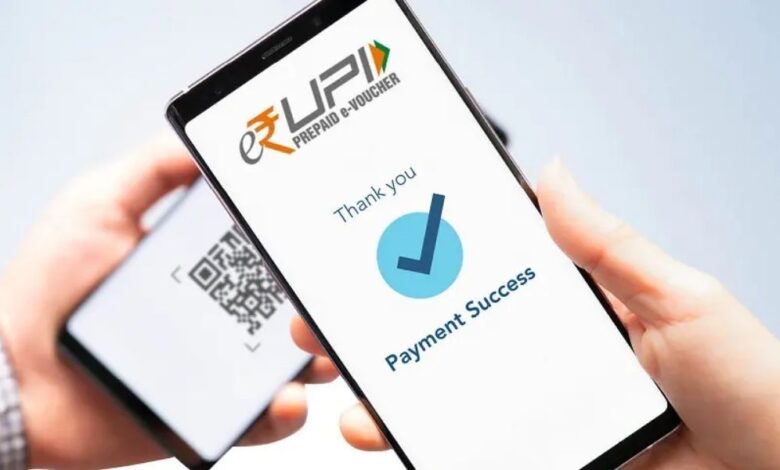Mobile Payment Solutions: How to Accept Payments from Smartphones and Tablets

In today’s increasingly digital world, businesses must adapt to meet the evolving preferences of their customers, and mobile payments are at the forefront of this transformation. Accepting payments via smartphones and tablets is no longer a future trend; it’s a present-day necessity for businesses of all sizes. Offering seamless mobile payment options not only enhances customer convenience but also can streamline operations and broaden the potential customer base. This article will explore the various mobile payment solutions available, empowering businesses to cater to the modern consumer. So how to accept payments online? Here are the options for you now.
Popular Mobile Payment Platforms
The mobile payment arena is populated by several major players, each offering slightly different features and user experiences. Among the most popular are Apple Pay and Google Wallet (formerly Google Pay). Apple Pay is integrated exclusively within the Apple ecosystem, enabling users to make purchases using their iPhones, Apple Watches, and iPads. Similarly, Google Wallet operates primarily on Android devices, offering a comparable contactless payment experience. These platforms utilize near-field communication (NFC) technology, which allows for tap-and-go payments at compatible point-of-sale (POS) terminals. Businesses looking to accept these payments need to ensure their POS systems are NFC-enabled and compatible with the respective platforms.
QR Code Payments: A Versatile Alternative

Beyond NFC-based solutions, QR code payments have emerged as a versatile alternative, particularly popular in regions where NFC infrastructure is less prevalent. With QR code payments, customers use their smartphone cameras to scan a unique code displayed by the merchant. Upon scanning, the customer’s payment app opens, allowing them to confirm and complete the transaction. This method works well regardless of the specific smartphone operating system and often requires less sophisticated POS hardware. Many payment processors and apps offer integrated QR code payment capabilities, making it easier for businesses to adopt this approach.
Integrating Mobile Payments into Your Business
Implementing mobile payment solutions doesn’t need to be daunting. It typically begins by selecting a payment processor that supports your desired payment methods. These processors often provide businesses with the necessary hardware, software, and ongoing support required to accept mobile payments. It’s essential to consider factors such as transaction fees, ease of integration, and customer support before committing to a specific provider. Once set up, businesses can begin promoting their new mobile payment options to customers, highlighting the convenience and speed they offer.
The Future of Mobile Payments
Mobile payment solutions offer a convenient, fast, and secure way for customers to complete transactions, and for businesses, they offer a way to tap into a growing base of customers. By embracing solutions like Apple Pay, Google Wallet, and QR code payments, businesses can adapt to changing consumer preferences and enhance their overall customer experience. As technology continues to evolve, mobile payments will undoubtedly become even more prevalent across industries, further cementing their role as a crucial part of the modern business toolkit.





